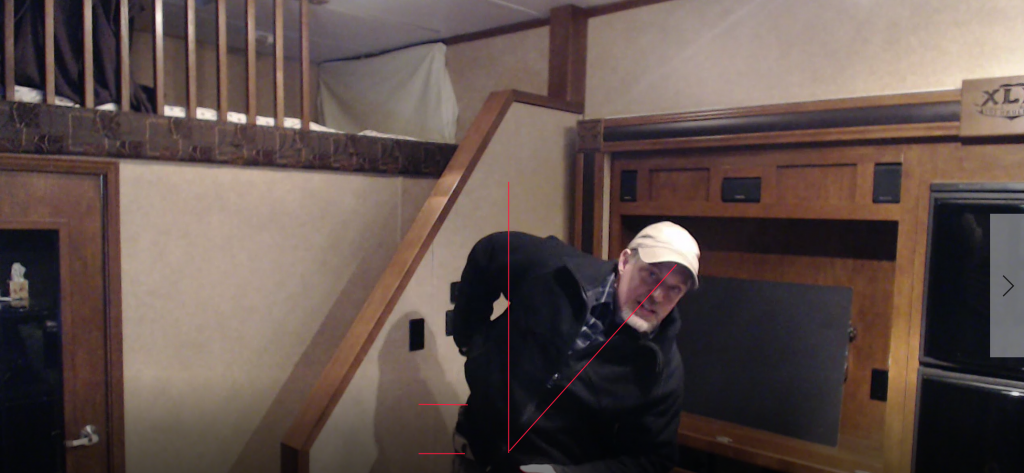In most places, when it’s cold outside, everything seems to slow down.
You’ve got to take time to bundle up and warm up your vehicle.
You might have to drive slower.
A lot of our time gets eaten up with snow removal and tending the fire (we heat with wood).
Everything takes longer.
And training gets squeezed out of the schedule and basic gun handling skills take a hit.
Which could bite you in the butt if you need to use those skills to save a life.
So, here are 3 drills you should be doing through the winter that are ridiculously quick that will help keep your skills from melting away.
1. Near-far drills. Take a pen and hold it point up at arm’s length between your dominant eye and a target 10 or more feet away. Now, with both eyes open, simply shift your focus back and forth between the pen and the target 10-20 times. Start slow and see how quickly you can go. If you see shadow images, pay attention to where they’re at so you can ignore them when you’re aiming with both eyes open.
Why it’s important: Good visual skills are at the core of good shooting skills. Regardless of whether you do sighted or unsighted shooting, being able to shift focus quickly and accurately with both eyes open is a critical skill set.
2. Dry fire draw practice with winter clothes on. You’re responsible for your actions and need to use an inert training platform or remove all live ammo from your training area and use a safe backstop, but here’s a drill that I do every day…simply practice your dry fire draw stroke with the clothes you actually wear. As few as 5 reps can be very valuable.
What’s the best way to get your gloves off? Can you run the gun with them on?
What’s the best way to drop or throw stuff in your hands?
How do you get around, under, or through your coat to your gun?
Normally, you want to keep your head and torso still while drawing, but you may find that you need to lean away from your holster to get your coat and clothes out of the way enough to get to your gun…especially if you need do draw from under a coat 1-handed like this:

How fast can you manipulate your gun with cold hands? (I encourage you to stick your hands in a bowl of ice water for as long as you can stand it and THEN practice drawing and dry fire manipulating your pistol so that you know how your performance envelope changes based on hand temperature.)
3. “Slick” dry fire reps: Practicing “slick” means wearing as little extra gear as possible so that you can just focus on the core fundamentals. Just a few high quality dry fire reps each day will cause quick, dramatic gains in speed and accuracy.
“High Quality” is the key.
If you do reps with a lot of excess movement, you’re going to cement in random performance.
If you do reps where you’re going too fast to get your hits, you’ll probably get a lot of misses in real life.
If you do mindless reps…exactly like the reps you’ve been doing for the last 1000 reps…it will have little to no value.
That’s why I developed the Draw Stroke Mastery course.
Once you’ve got the fundamentals nailed down from the 21 Day Alpha Shooter program, you want to refine your technique so that you can shoot quicker and more accurately with less effort.
Draw Stroke Mastery is the program that top shooters use to bust through plateaus and newer shooters use to slash years off of their advancement as a shooter…with only a few minutes of drills, a few times a week.
Your total training time will be less than most shooters spend waiting in line to get a lane at an indoor range, but you’ll get WAY better results.
And, yes…you can and should still do live fire practice. You just won’t need to do nearly as much to get better results.
And when you take care of the fundamentals with Draw Stroke Mastery, in the warmth and comfort of your home, you’ll be freed up to focus on more dynamic and tactical applications during your live fire time.
So, if it’s cold where you’re at, click >HERE< now to get signed up for the training.
While you’re there, make sure to read about how much it helped the Australian SAS instructors and I’ll let a recently retired 1st Special Forces Group medic tell you about his experience.
Click >HERE< now to learn more.
Leave A Response